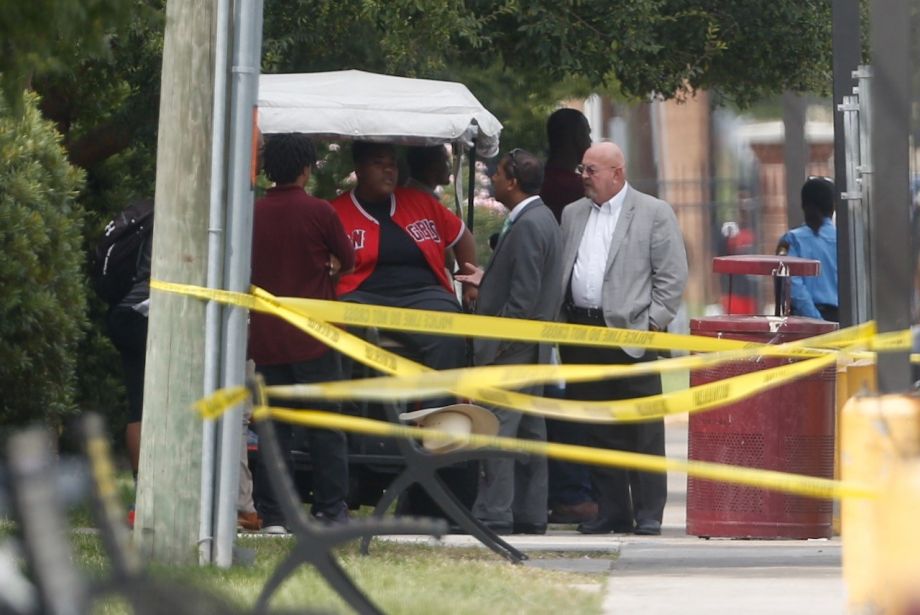
AUSTIN (TIP): Texas school districts are giving away more than $200 million a year in property tax breaks without making sure companies actually create the high-paying jobs promised, the state auditor says. State Auditor John Keel based his criticisms on examination of four school districts’ practices that found inconsistent reporting of information on amounts invested and jobs spun off. “The school districts relied primarily on information that the businesses certified to be true and correct,” said Keel, who recommended the Legislature require independent verification.
He also urged lawmakers to impose tighter ethics policies on school board members and school district employees who handle applications for tax breaks. Last year, as big corporations such as chipmaker Samsung threatened not to expand their Texas operations unless the incentive program was extended, lawmakers renewed it for another 10 years. From 2001 to 2012, school districts agreed to dole out $2.4 billion in reduced appraisals and tax credits, according to state Comptroller Susan Combs. Under the program, known as “Chapter 313,” recipients must be manufacturing plants, energy generators and research-anddevelopment installations.
Districts can reduce a company’s property valuations up to 90 percent for 10 years. They also get credits to offset higher school taxes they pay during construction in the first two years. The Texas Education Agency offsets districts’ losses by ramping up their school aid. One of the program’s goals is to attract businesses that might locate in other states, though critics have questioned how that could be true for some of the selected beneficiaries, such as nuclear power plants, wind farms and natural gas processors.
Business groups have defended the program. Dale Craymer, who heads the Texas Taxpayers and Research Association, has said Texas has very high property taxes on industrial concerns and can’t compete for large relocations or expansions without incentives. “The school property tax is the 800-pound gorilla,” he told the Austin American- Statesman on the eve of last year’s legislative session. Keel was required to audit the program as part of the law extending it through 2024.
He looked at a Hewlett-Packard research facility in Austin, two wind farms in the West Texas town of Sterling City, a natural gas processing plant in Fort Stockton and two nuclear power generating units in Matagorda County that its owner, NRG, canceled in April 2011. The school districts in those communities passively accepted companies’ investment and job numbers before handing the information to two state agencies that help the districts obtain full reimbursement, the audit said. Nor did the comptroller’s office provide any background materials to support its findings that without the tax breaks, the companies wouldn’t have come to the four communities, the audit said.
Dick Lavine, a longtime critic of the program, said the audit confirms the program is too loose about making sure as many jobs as possible are created. “The reason it’s important to verify the numbers is to see if the state’s getting its money’s worth,” said Lavine, a former House tax-research analyst who is a fiscal expert at the center-left think tank the Center for Public Policy Priorities. Chapter 313 costs the state far more than its other business incentive programs, such as the Texas Enterprise Fund and Emerging Technology Fund, though they have drawn more attention, Lavine said.





Be the first to comment